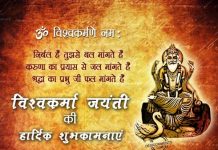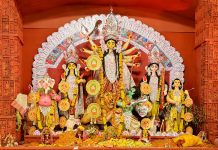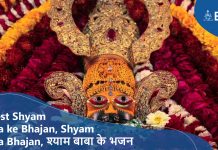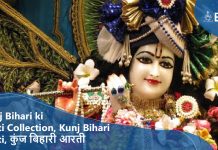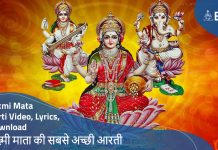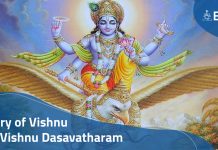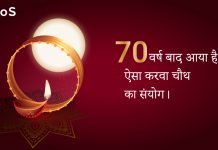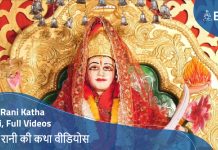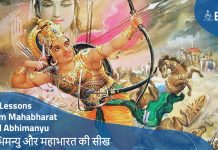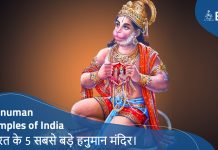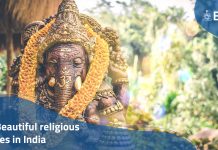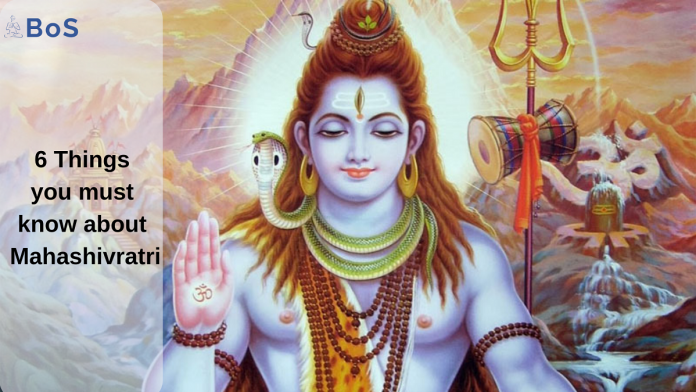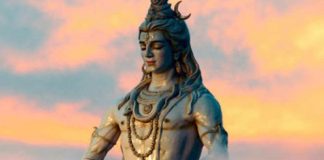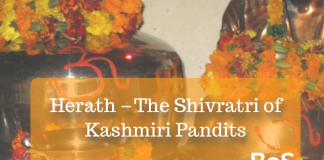The festival of Mahashivratri (great night of Shiva) is celebrated on the 14th day of every lunar month. The auspicious day falls on the day before the new moon usually sometime in February or March (
6 Interesting things you should know about Mahashivratri
This year, Mahashivratri will be observed on 21st February (2020). Hindus deeply believe in Lord Shiva or the God of destruction. The day coincides with a particular position of plants in the Northern Hemisphere in a manner that gives rise to a natural upsurge of energy in a human being.
The day holds significance for Hindus, as it is believed that it symbolizes the marriage between Lord Shiva and Parvati. There are many other facts that are associated with the festival and
Also Check:
Maha Shivratri story – 3 Stories behind Celebration of Maha Shivratri
Here are 6 things that people should know:
Other Beliefs: Many are of the opinion that Shivaratri is also the night when God Shiva performed the Tandava Nritya (dance of preservation and destruction).
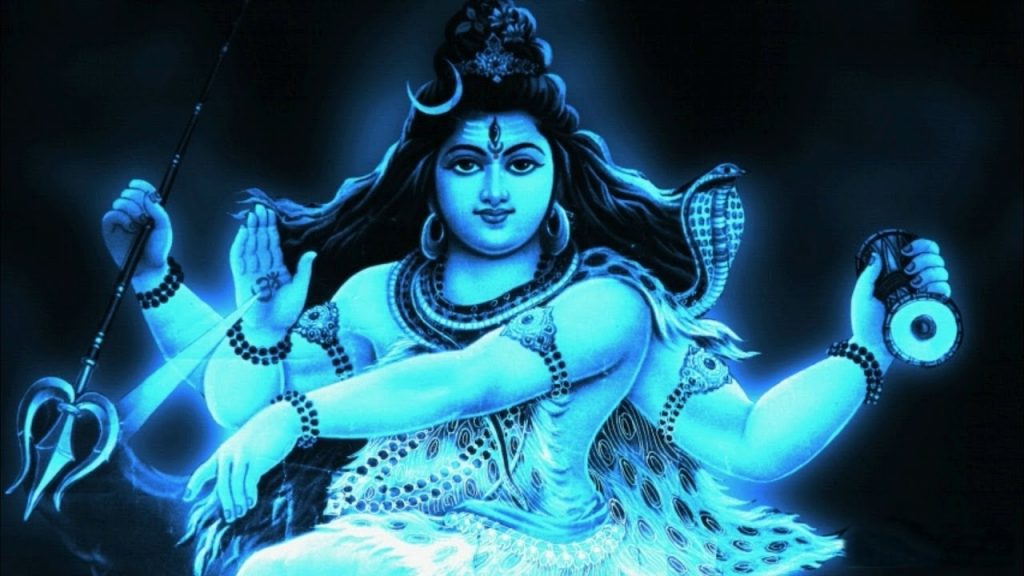
Some also say that long time ago, there was a hunter who could not find anything to kill. So, he waited under the branches of a Woodapple tree and plucked the leaves of the tree with the intention of attracting deer as prey.
He was completely oblivious of the fact that there was a ‘Shiva Lingam’ beneath the tree. Pleased with the patience of the hunter, Lord Shiva appeared and blessed him with wisdom. The hunter stopped eating meat from that day onwards.
Celebration: Mahashivratri is celebrated with rigor in India, Nepal and large parts of Mauritius. If legends are to be believed, Parvati meditated to ward off evils that may befall her husband on a moonless night (or the day of the festival).
This is why Devotees bathe the Shivalinga (single stoned pillar) with milk and offer prayers after circumambulating the Linga, three or seven times (the popular ritual, abhishekam).
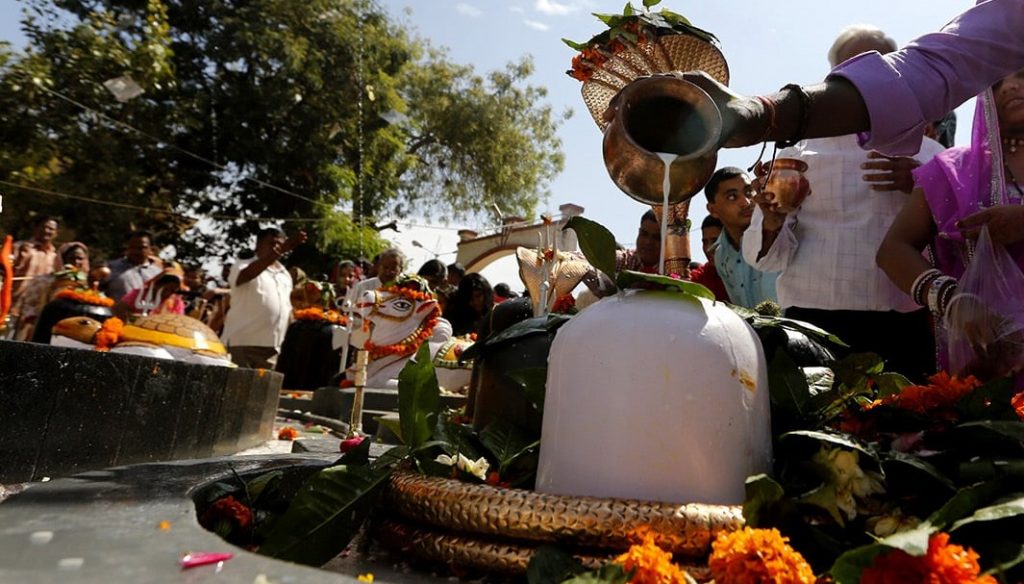
Thereafter, the Linga is anointed with sandalwood paste,
Different Names: Lord Shiva was known by different names for varying reasons. Many say that the Lord spent his time in crematoriums and was friendly with ghosts. As such, he was named ‘Bhooteshwara’.
He is also called, ‘Neelkanth’ (
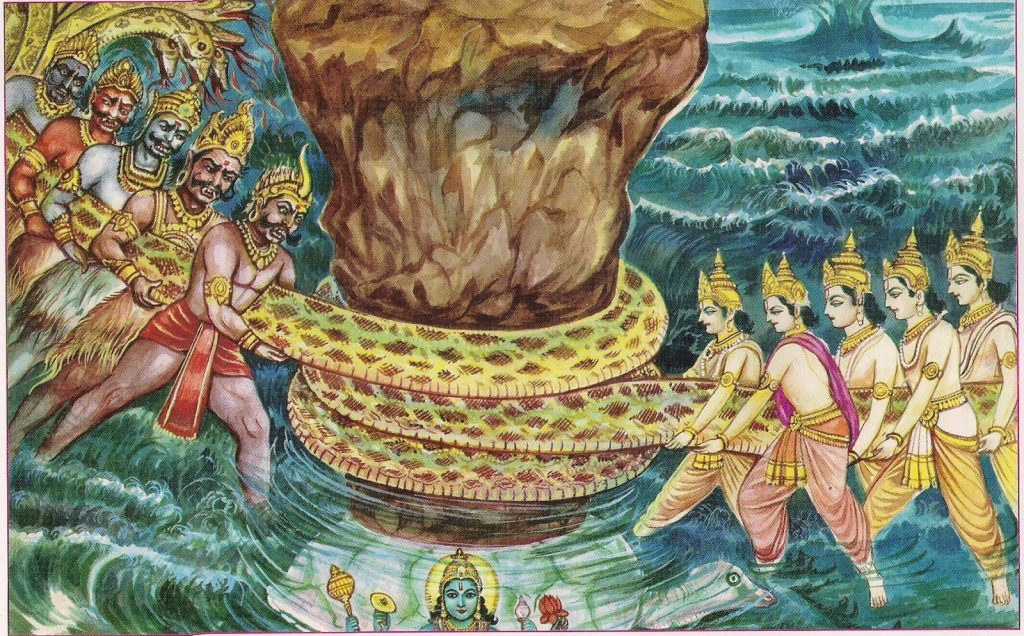
This poison was so deadly that everything that came in contact with it began to perish. This is when Lord Shiva digested the poison, giving him his blue appearance. Still, another name is ‘Shankara’. ‘Shan’ is ‘all that is good, all that is auspicious’ and ‘Kara’ means ‘giver’.
The Popular Third Eye: The extra eye stands for Shiva’s wisdom and is the source of his untamed energy. Shiva opened his third eye in anger when, he was distracted by the Love God in the midst of meditation. Thereafter, Kama was consumed by fire.
Different Shades of Shiva: He is a complex character who represents goodness, benevolence and the darker side as the leader of evil spirits.
Shiva is formless, without a beginning and without an end. According to Hinduism, the universe regenerates in cycles (every 2,160,000,000 years). Shiva destroys the universe at the end of each cycle that then paves the way for new Creation. He is also labeled as the great ascetic who abstained from all forms of indulgence and concentrated on meditation as a means to find happiness.

Shiva’s Wife: Shiva’s wife (Parvati), the daughter of the god Daksha, is often depicted as the incarnation of Kali and Durga. She was actually a reincarnation of Sati or Dakshayani.
Daksha did not approve of their marriage and even went as far as holding a sacrificial ceremony for all Gods, except Shiva. Outraged, Sati threw herself on the sacrificial fire. In response, Lord Shiva created two demons (Virabhadra and Rudrakali) from his hair.
These demons wreaked havoc and beheaded Daksha. The other gods appealed to Shiva for non-violence and heeding their request, the Lord brought Daksha back to life but with the head of
These fascinating facts make the festival an exciting one to celebrate and rejoice (not to mention the festivities that Bhakts enjoy after the end of their fast!). A question then arises, why ratri (the night)? Moon with its 16 phases is the presiding deity of the mind. On the day of Shivaratri, only one phase or ‘kala’ is left. Constantly meditating on the Divine, the last trace of the moon disappears and ultimately gives way to a fully dark night.
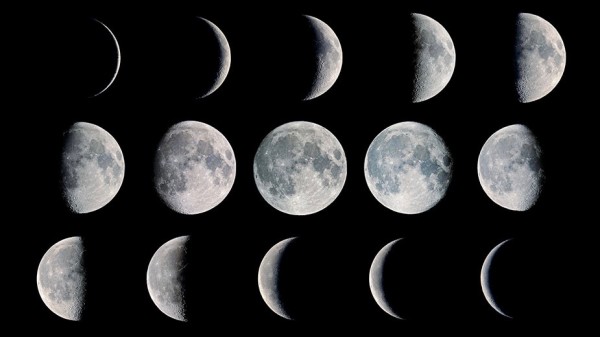
A brightly shinning moon is compared to the mind with all its emotions, desires and worldly involvements. A full moon stands for everything that is worldly and sensual.
As we come closer to Shivaratri, the moon loses its last aspect until the last trace is barely left. This state then symbolizes a passionate and a desire-laden mind that has become less active. In other words, the waning of the moon phases embodies the annihilation of mind’s qualities.
When the mind is withdrawn, only the consciousness or the supreme Self remains. The comparison is nothing short of a beautiful and deep description.
The Auspicious Message
When we divert our minds on Shivratri, we can get in touch with our inner high Self. This is the true meaning behind the celebration of Shivaratri! Chanting “Om Namah Shivaya” several times of the day purifies the mind and heart. The japa also destroys the past negative karmas (sins) from previous lives. Love for the Supreme Lord develops in a pure heart. Let us surrender to the ‘Digambhara’ (Digh = ‘pole’, ambhara is ‘a canopy or umbrella’. The whole cosmos belongs to Digambhara or Shiva. He is the truth; he is Supreme.


